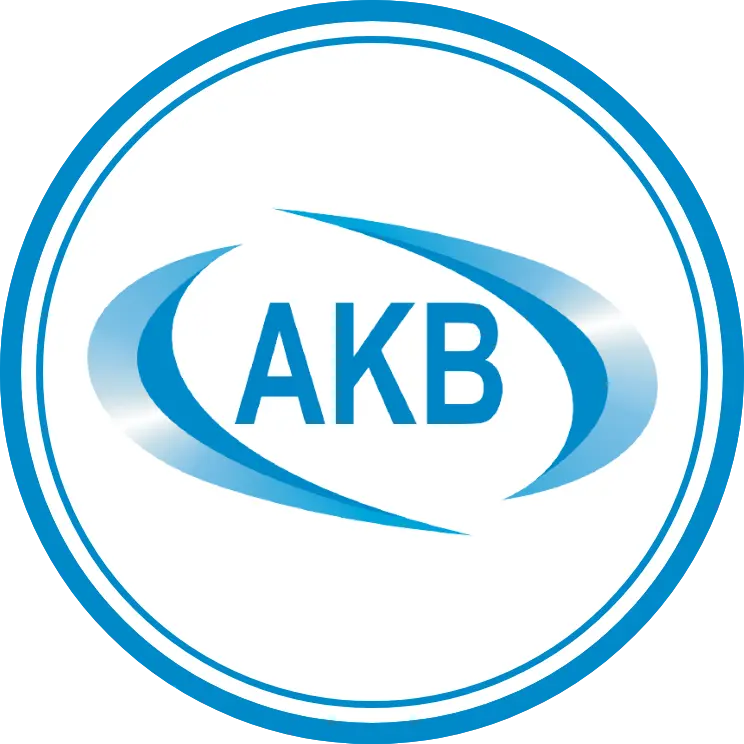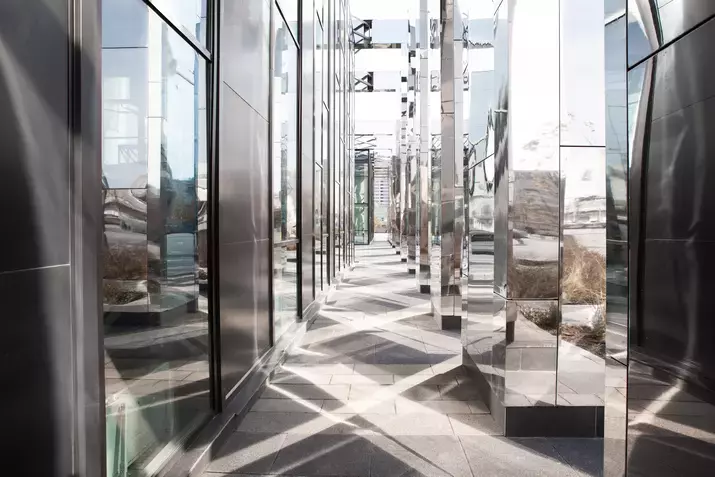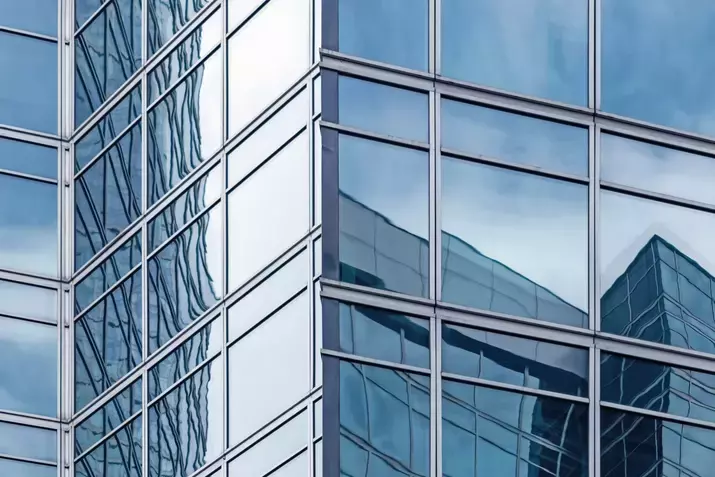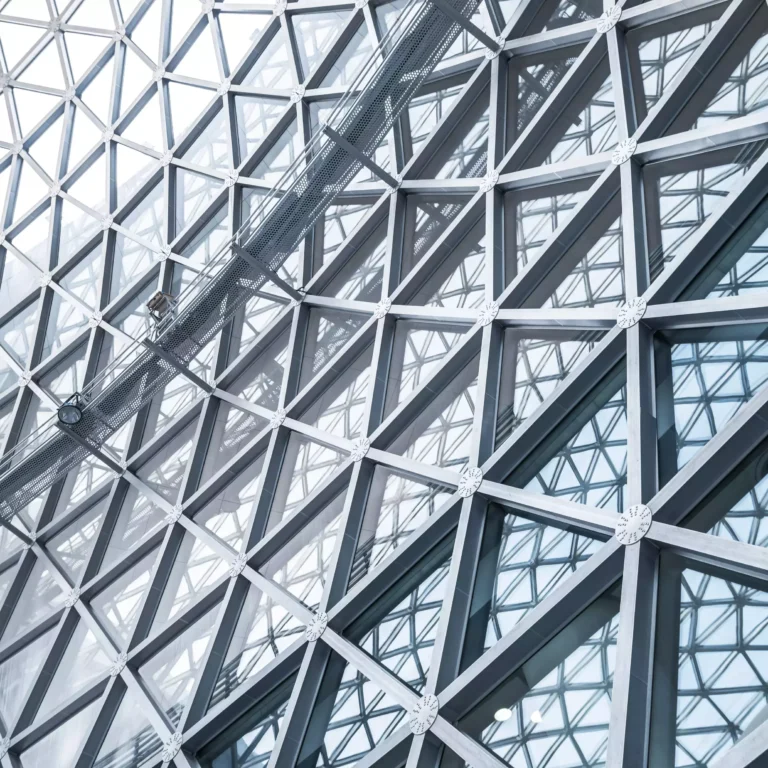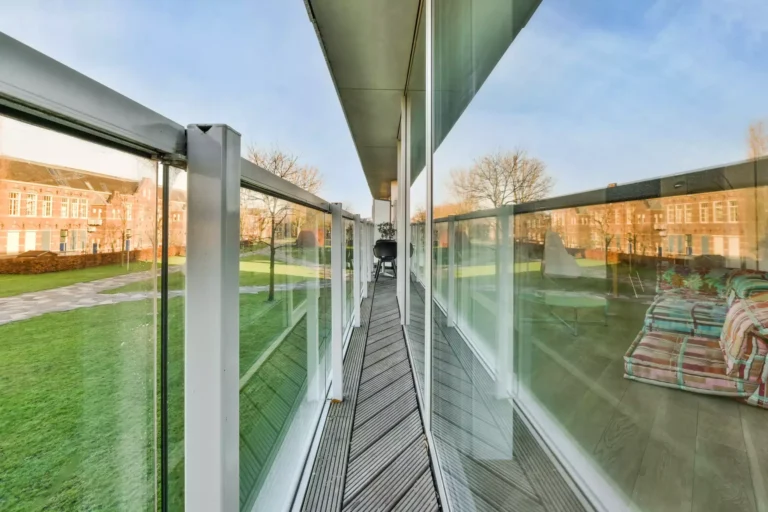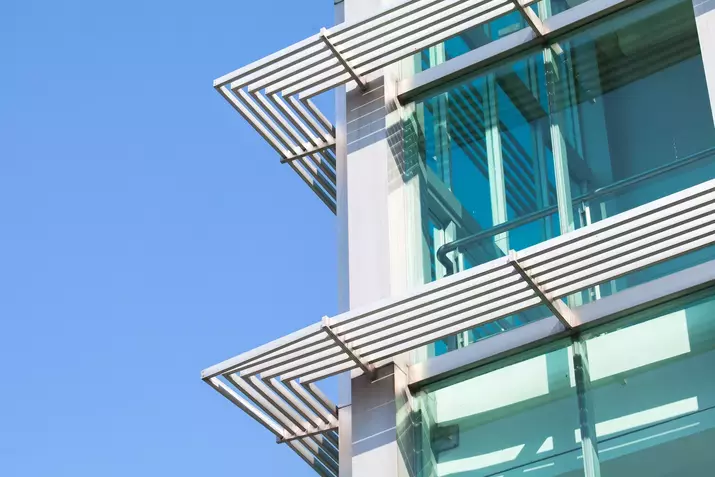Key Trends to Watch for in Glass Projects in 2024
In the rapidly evolving world of architectural and interior design, staying ahead of industry trends is not just beneficial; it’s essential. Among the myriad of materials that play a pivotal role in design projects, glass stands out for its versatility, functionality, and aesthetic appeal. Hence, as we look toward 2024, understanding the upcoming trends in glass projects becomes crucial for architects, interior designers, and glass manufacturers aiming to lead and innovate in their respective fields.
The Growing Significance of Glass in Design
Glass, with its inherent qualities of allowing light while providing protection, has always been a favorite among designers and architects. Its application has transcended beyond windows and doors to become a fundamental element in creating spaces that are not only functional but also visually expansive and sustainable. The future of glass in design projects showcases a perfect blend of aesthetics, sustainability, and technology.
Sustainability and Eco-friendly Practices
The global push towards sustainability and eco-conscious practices is steering the glass industry towards greener manufacturing processes and recycling initiatives. In 2024, expect to see an increase in the use of recycled glass materials and innovations aimed at reducing the carbon footprint of glass production. For architects and designers, this shift means more opportunities to integrate environmentally friendly glass products that do not compromise on quality or aesthetics.
Technological Advancements in Smart Glass
Smart glass technology is set to redefine the boundaries of privacy, energy efficiency, and comfort in architectural and interior designs. With the ability to change its properties – transparency, heat transmission, and appearance – at the touch of a button, smart glass offers unparalleled control over the indoor environment. Its applications range from dynamic facades that adjust to weather conditions, enhancing energy efficiency, to interior partitions that offer privacy without sacrificing natural light. The year 2024 will witness broader adoption and more innovative applications of smart glass technologies.
Innovative Uses of Glass in Architectural Design
Innovation in glass manufacturing techniques and treatments is paving the way for its novel applications in architectural design. The trends for 2024 highlight the use of glass in creating structures that promote transparency, light, and an illusion of expanded space. Structural glass flooring, stairs, and bridges, as well as glass with integrated lighting or color-changing capabilities, are expected to take center stage in modern design projects. These innovations not only challenge the traditional roles of glass but also open up new dimensions for creativity and functionality.
Case Studies and Expert Opinions
To bring these trends to life, it’s valuable to consider recent projects and expert insights. For instance, eco-friendly glass manufacturing processes have been successfully implemented by leading firms, demonstrating the feasibility and benefits of sustainable practices. Similarly, buildings employing smart glass facades have shown significant improvements in energy efficiency and occupant comfort. These real-world applications serve as a testament to the potential of the emerging trends in glass projects.
Practical Advice for Incorporating These Trends
For professionals looking to incorporate these trends into their future projects, the key lies in continuous learning and collaboration. Staying updated on the latest materials, technologies, and techniques is essential. Equally important is partnering with glass manufacturers who are at the forefront of innovation and sustainability. By doing so, architects and designers can not only achieve aesthetic and functional excellence but also contribute to a more sustainable and technologically advanced built environment.
Conclusion
As we anticipate the trends of 2024, it’s clear that glass will continue to play a critical role in shaping the future of architectural and interior design. By focusing on sustainability, embracing smart glass technology, and exploring innovative applications, professionals in the field can unlock new possibilities for creating spaces that are beautiful, functional, and forward-thinking. We invite you to share your insights and join the conversation on how these trends will influence your work and the industry at large.
